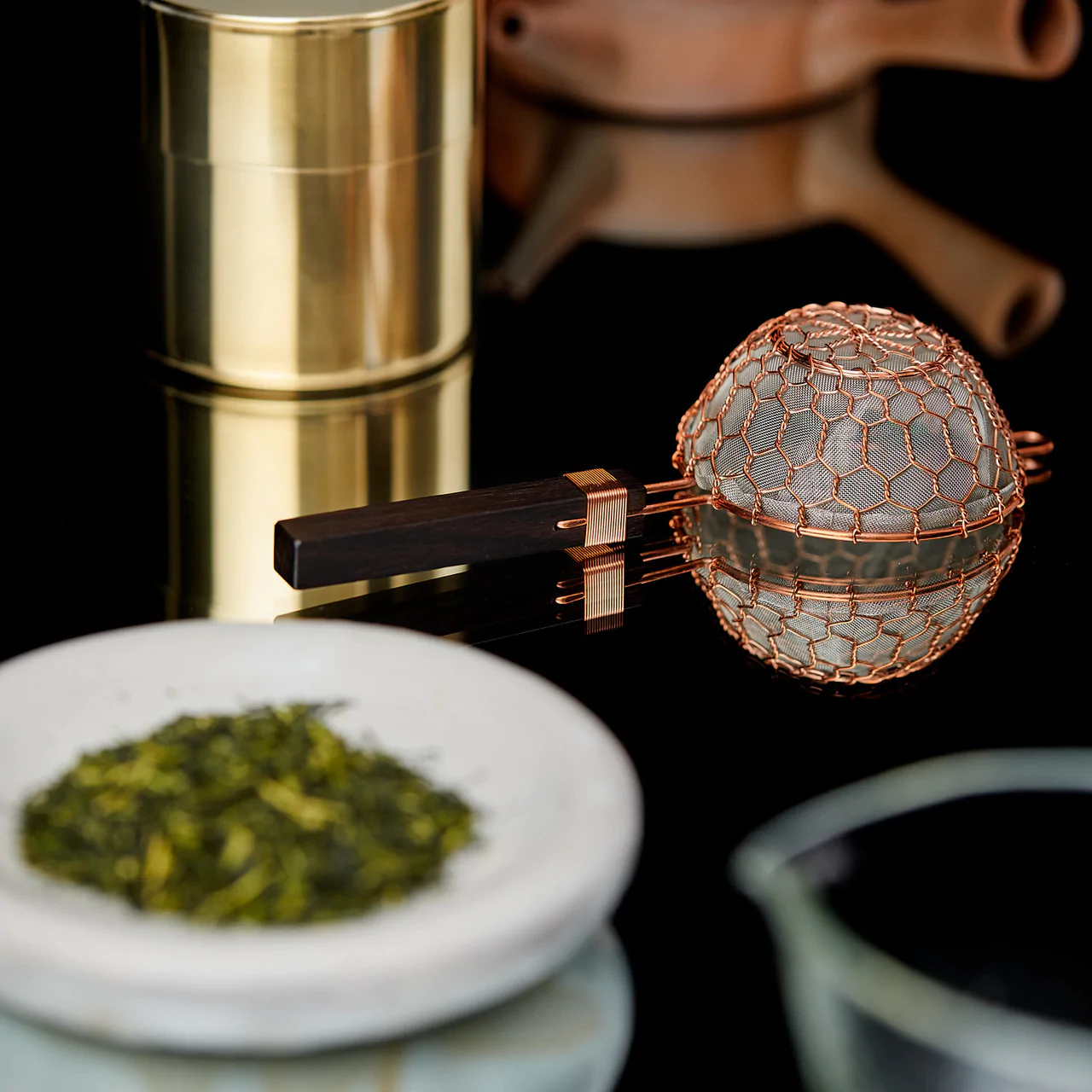We are passionate about loose leaf tea, yet we also appreciate that it can often be intimidating, just like other complex beverages with different origins, flavours and names. For this reason, we created the Tea 101 series: a short and informative series of articles to help you discover the beauty and richness of the world of authentic loose leaf tea and to explore our specially curated Yugen Tea selection.
What is tea?
Tea is a beverage made from the processed and dried leaves of a shrub called Camellia Sinensis and is prepared by infusing the leaves in hot water. We refer to chamomile, peppermint, lemongrass and many others as tea, but they are actually herbal infusions or ‘Tisane’ made from herbal plants.
Tea was discovered 5,000 years ago in the southern most western part of China, “Yunnan Province”. Originally used as a medicine and ingredient in cooking, tea gained popularity over the centuries as a beverage, slowly but surely spreading worldwide. Thus, tea became a favoured commodity with a long and rich history.
If you are interested in exploring the history of tea further, we have created a tea flight dedicated to a specific moment in time that we explain in more detail.
There are six main types of tea: Green, White, Yellow, Oolong, Red/Black and Dark post-fermented. All six types are made from the plant species Camellia Sinensis with two mains varieties: the Chinese Bush (Camellia Sinensis Var Sinensis) and Assam Bush (Camellia Sinensis Var Assamica).
Each plant has hundreds of sub-varieties creating thousands of different flavour profile depending on the terroir of origin, processing methods used by the tea makers and level of oxidation. A lot more than just your morning cuppa.
Terroir is a French term originally used in the wine industry. It refers to the complete environment in which a particular product such as wine or tea is produced, including soil, topography, climate, altitude, etc. And yes, the same variety of tea grown in the same way but produced in two completely different environments will create different flavours.
As soon as the fresh tea leaves are picked, a series of chemical reactions take place, such as the bruising of the tea leaf due to the enzymes contacting with CO2. But depending on the types of tea, oxidation will either be prevented (such as green tea) or deliberately initiated (such as black tea), controlled and then stopped to the desired level.
For example, an apple is white on the first bite, yet afterwards, it bruises and turns brown; it also changes the flavour, losing its fresh note. The same chemical reaction happens with fresh loose leaf tea when harvested.

The six types of teas:
As mentioned, an oxidation process is not desirable so, once plucked, the fresh tea leaves are heated to stop the oxidisation of the leaves and preserve the freshness. The flavour produced is vegetal - sometimes grassy and nutty in Chinese green tea or with more marine notes in Japanese tea.
Yellow tea: This is quite a rare tea that receives slight oxidation by smothering the tea leaves in cloth after heating. The result is a smooth, delicate flavour, close to green tea but without the grassy notes.
White tea: Often considered the most delicate type of tea, the fresh tea leaves receive minimal handling and processing. The leaves are plucked and dried naturally, sometimes with the help of fans resulting in slight oxidation while creating rich vegetal and floral flavours such as gardenia and elderflower.
Oolong tea: One type with two styles, the fresh tea leaves undergo partial oxidisation and are classified in two ways. The greener oolong style has light oxidation between 20% to 45% resulting in a tea with sweet floral, green and sometimes creamy notes. The darker oolong undergoes higher oxidation between 50% to 85% with dark fruit, woody, toasty, and sometimes caramelised notes.
Red “Black” tea: The original name of the tea we know today as “Black tea” is actually “Red or Hong Cha”. This is because initially, the tea was named after the colour of the infusion, and we can all attest that our morning cuppa of black tea is redder in colour than black. This type of tea undergoes a higher oxidation level, close the 90% – 95%. After plucking, the fresh leaves are rolled to break down their molecular structure quickening the oxidation process. The growing environment and processing technique greatly influences the style of red tea. For example, Chinese red tea has a rich, fruity, almost sweet note, while Indian red tea is generally more robust, astringent and in some cases malty. Very similar to the difference between a pinot noir grown and produced in France compared to one grown down on the Mornington Peninsula.
Dark tea “post-fermented”: The leaves have undergone microbial fermentation and, in some cases, slow oxidation created by a warm, humid environment. Some of the most famous dark teas are Sheng Puer, Lui Bao, Shou Puer and Goishicha, to name a few.
Not a type but a style - aged tea: Some tea under specific conditions and environments will change and gain in flavour and beauty by ageing, such as certain red tea, oolong and, most famously, the Sheng Puer.
We always keep our farmers and tea makers in mind when brewing or drinking our incredible loose leaf teas. They have dedicated their life’s work to perfecting the art of tea making and, in doing so, reflect the very beauty of nature itself.
We hope to see you very soon at Yugen Tea Bar for a cup.



